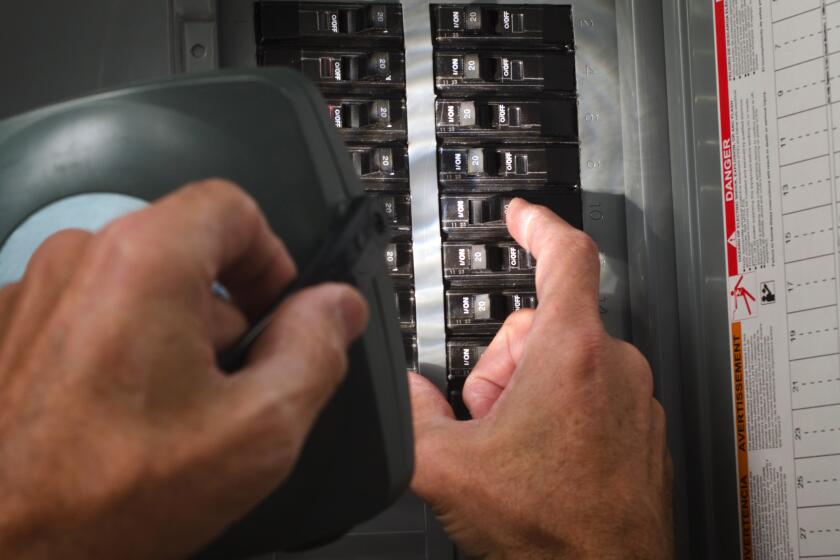Coming Clean Over Dry-Cleaning Percs
As a third-generation dry cleaner in Los Angeles for more than 17 years, I take strong offense (at) Rose-Marie Turk’s article “A Clean Conscience” (March 1). As a member of the Greater Los Angeles Dry Cleaners Assn., where we discussed this article at length at a recent meeting, I speak for hundreds of dry cleaners in the Los Angeles area.
Although once justified to an extent, people’s fears (about) the effects of “perchloroethylene touching their skin, polluting the air and contaminating ground water” are now based on myths, misunderstandings and misconceptions regarding the dry-cleaning process.
First, and most important, is the issue of perchloroethylene (perc), the solvent used for 99% of all general dry cleaning.
Over the past several years, the Environmental Protection Agency has introduced a variety of control technique guidelines for perc. These guidelines work hand in hand with recent regulations set up and enforced by the Occupational Health and Safety Administration to protect workers from any perc fumes.
The EPA’s newest regulation, regarding the disposal of perc waste products, went into effect Jan. 1. The waste produced from filtering and distilling perc is no longer allowed to go down the drain or into a Dumpster. Now the waste must be collected and stored in above-ground drums and hauled off by a professional hazardous waste company on a regular basis. The result is that perc now poses no threat to our ground water or our landfills.
In addition, OSHA has required that all equipment be brought up to certain standards, resulting in perc fumes that are no greater than 25 parts per million. If for some reason a dry-cleaning plant cannot comply, it must provide its employees with special breathing apparatus and protective clothing.
For years, both parts of dry cleaning--cleaning and drying--(have been) accomplished in one machine without garments being transferred between stages. Therefore, the door of the machine is never opened (thus letting fumes escape) during the process.
If these EPA and OSHA laws are (followed), and if the dry-cleaning establishment changes its filters and distills the perc on a regular basis, it is unusual for a garment to retain a “dry-cleaning odor” referred to several times by interviewees in the article. An odor or residue in a dry-cleaned garment is usually a sign of a low-quality dry cleaner that does not properly maintain its equipment; customers should find a new dry cleaner immediately.
The carcinogenic effects of perc have once again been reviewed by the EPA’s Science Advisory Board. In its March 26 hearing, the board’s conclusion was that “the evidence for perc’s carcinogenicity is equivocal or has questionable relevance to humans.” This hearing reaffirmed the board’s position taken in 1988 on same issue.
STEPHEN GREEN
Carriage Trade Cleaners
West Los Angeles
More to Read
Sign up for Essential California
The most important California stories and recommendations in your inbox every morning.
You may occasionally receive promotional content from the Los Angeles Times.






